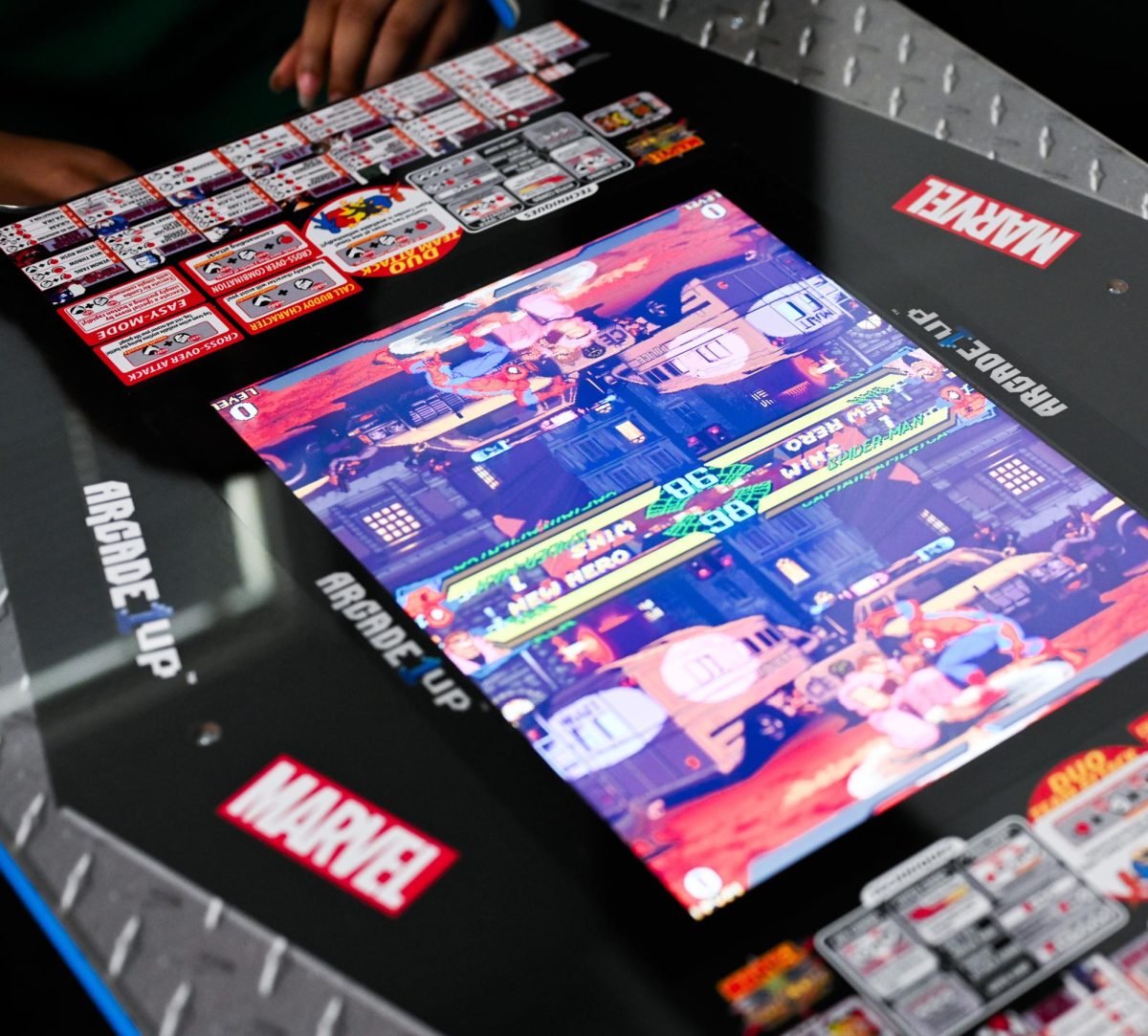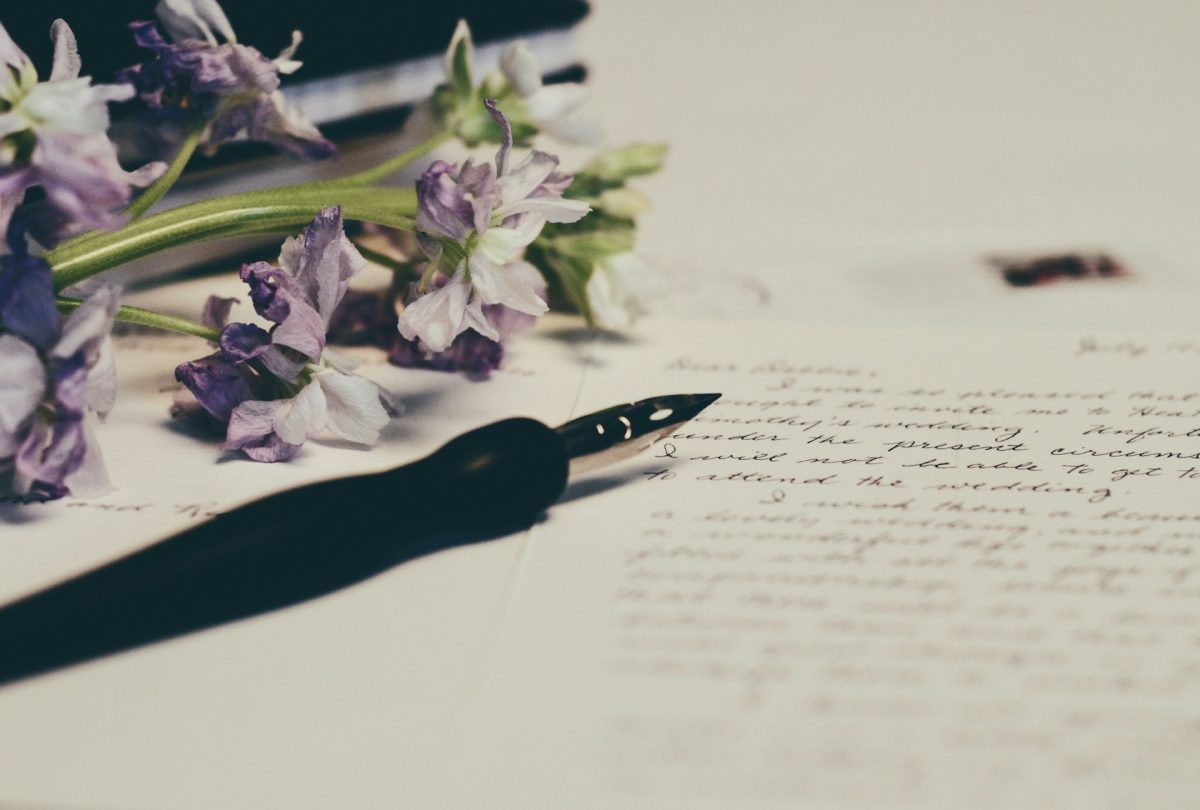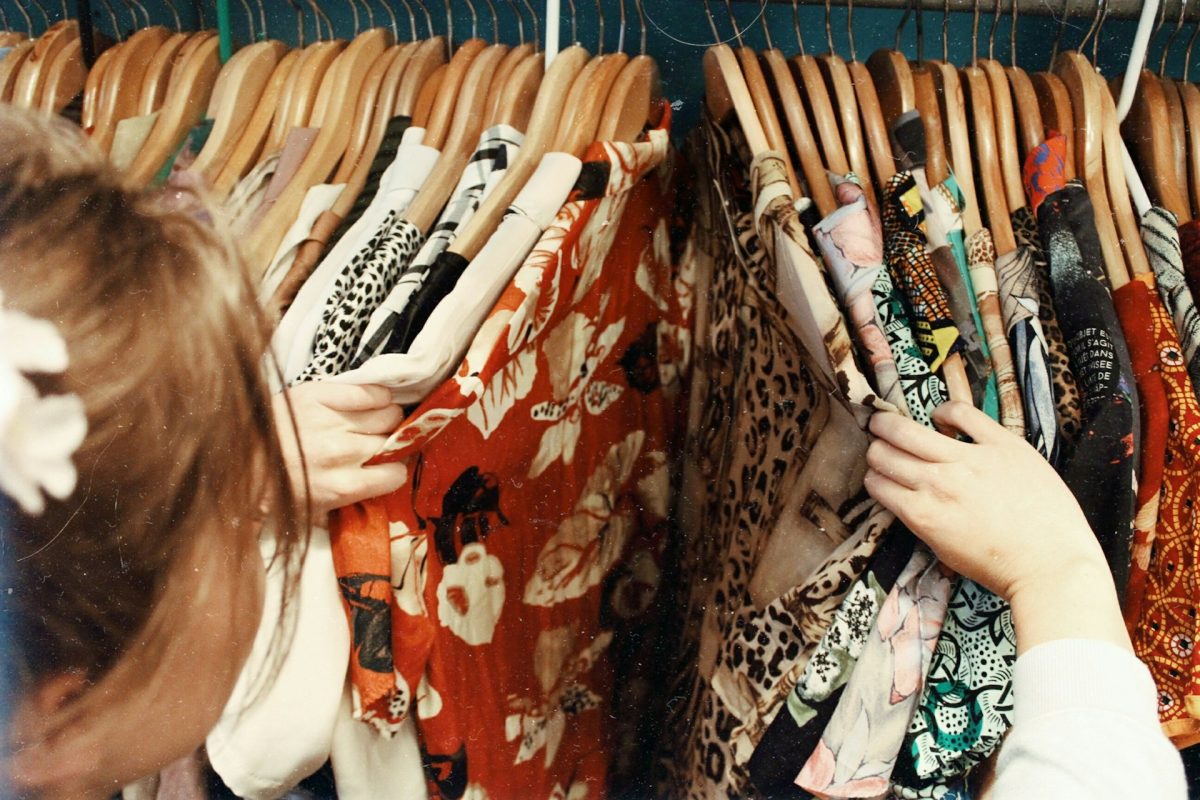Tiny Desk Concerts, KEXP and BBC Radio 1’s Live Lounge have proven with their high viewership that radio performances aren’t as shadowed as people might’ve initially thought. We are living at a time in the Digital Revolution where people have immediate access to immaculate studio mixes, yet melomaniacs are still captivated by radio performance. We’ve seen all our favorite artists do them, and truly nothing compares to stripped-down performances mixed with insight from brilliant creators.
Stetson University brings radio performance straight to our fingertips with “The Glass Wall Sessions.” The series allows Stetson students of all majors the opportunity to perform and be interviewed. The program’s name is a nod to the radio station’s location, a room in Stetson University’s Carlton Union Building. The room is notable for its large studio window, or as WHAT Radio likes to call it, “The Glass Wall.” The episodes are released in video and podcast form, a strategic choice by the radio station in today’s ever-expanding world of media consumption.
Lane Davis ’24, Executive Station Manager of Stetson University’s WHAT Radio, is working on adjusting the station’s focus to creating on-demand media before he retires his role as a senior. “WHAT Radio is our name and so unfortunately people are going to start to really just assume it only as a radio station. But I want it to be a place for content creation, as how things have really grown with short-form video content and different mediums,” Davis said.
Radio is still reaching the majority of people, but listenership is rapidly decreasing. According to Nielsen Audio Today, radio is still America’s #1 reach medium, accessing 91% of people 18 years and older. Though, in recent years, there has been a shift in radio listenership. In studies by PEW Research, it was discovered that terrestrial radio listenership in the U.S. has decreased from 92% in 2012 to 82% in 2022.
In the recent evolution of content creation and distribution, other mediums included in the radio industry have seen increased listenership. Edison Research reports that monthly podcast listenership has increased from 14% in 2012 to 42% in 2023.
WHAT Radio recognizes similar trends in the Stetson student population’s media consumption and is adjusting accordingly. The station is retaining the public’s enjoyment of traditional radio performances and modernizing the way we consume them through the Glass Wall Sessions. WHAT Radio is following the suit of famous radio stations such as NPR, KEXP and BBC Radio 1, who now release programs in video and podcast form.
The station’s decision to veer away from traditional AM/FM radio was rooted in the large time commitment and participation required to produce live terrestrial entertainment. Even so, Davis recognizes the necessary evolution of WHAT Radio in the age of streaming services. Davis believes that keeping up with what’s going on is important. “If people want to do traditional radio stuff, they can do that and we’ll have the capabilities to do it. But we don’t really put a lot of our time and money towards radio, but rather the equipment to do the stuff that people want to do nowadays,” Davis said.
What could be viewed as a sad departure from the past by WHAT Radio is looked upon lightly by Stetson students who have found opportunities to flourish through on-demand programs like the Glass Wall Sessions.
Jodi-Ann Taylor ’24 is a senior digital arts major with a minor in music and entrepreneurship. Her variation of academic disciplines are reflective of her interests as a multimedia artist. “Being able to share what I’m passionate about and my art with my local community… I feel like that’s very special,” Taylor said. In addition to studying subjects such as audio production, music theory, painting and piano at Stetson, the Glass Wall Sessions were another way for Taylor to practice art in college. “I like how you can bridge that gap between learning and having the education and being able to cultivate that artistry,” Taylor added.
Yaffa St-Fleurose ’24, another performer, is a senior digital arts major and studio art minor. She has five years of experience in theater, church, school performance and more. She finds being an artist in college challenging due to the necessary balancing act between academics and pursuing an artistic career. “But in many ways, it’s rewarding because there are so many opportunities to collaborate with others who are like-minded and to make beautiful work from your experiences,” St-Fleurose said. One of these collaborative opportunities for her was the Glass Wall Sessions. “Glass Wall was such an encouraging experience. I felt like I was getting a taste of what it was like to be an established artist who did things like go on interviews and explain their process.” St-Fleurose explained.
One of the most exhilarating experiences for a Glass Wall artist is seeing their name published on streaming giants like Spotify and Apple Music. “It feels pretty amazing. I tend to forget about the things that I do and to have a reminder of an experience like this is always a wonderful reminder,” St-Fleurose shared.
These sentiments are shared by most Glass Wall artists as they can see the fruits of their labor accessible to viewers of any kind. “I think I knew it was going on YouTube, but I didn’t realize it was on Spotify too… It makes me so happy and very motivated, you know, to continue releasing stuff and hopefully upload my own original music to those platforms sometime soon,” Taylor adds.
WHAT Radio has informally recruited performers for the sessions through word of mouth and Stetson University’s “Uncouth Hour,” an open mic night held every Thursday evening in the Carlton Union Building. Students don’t need to be noticed by the station to participate in the sessions. “No one’s actively coming to us. And that’s one of the things that I would like to have change. I want (the students) to know that we, as other students, as their peers are noticing them, noticing their talents. We want to see them on camera with a good mic and listen to their performances,” Davis said. Both Uncouth Hour and the Glass Wall Sessions are an opportunity for artists to gain exposure in their own unique ways.
One of the many things artists have to share is not only performances but the world behind their art. Unique to the sessions is a chance to have an intimate, in-depth conversation about your creations without a live audience. Taylor said that from the interview portion of the sessions, she valued having a one-on-one conversation about her art with Davis, her peer.
The Glass Wall sessions will continue to serve as a liaison for artists to share a raw version of their creations and insight, which is the heart of what continues to draw people to radio performances through the evolving radio sphere. Whether it’s through podcasts or live radio, performers will continue to perform and we will continue to listen.
You can listen to the Glass Wall Sessions on YouTube, Spotify or Apple Music. Anyone interested in performing for the Glass Wall Sessions can message WHAT Radio on Instagram.














